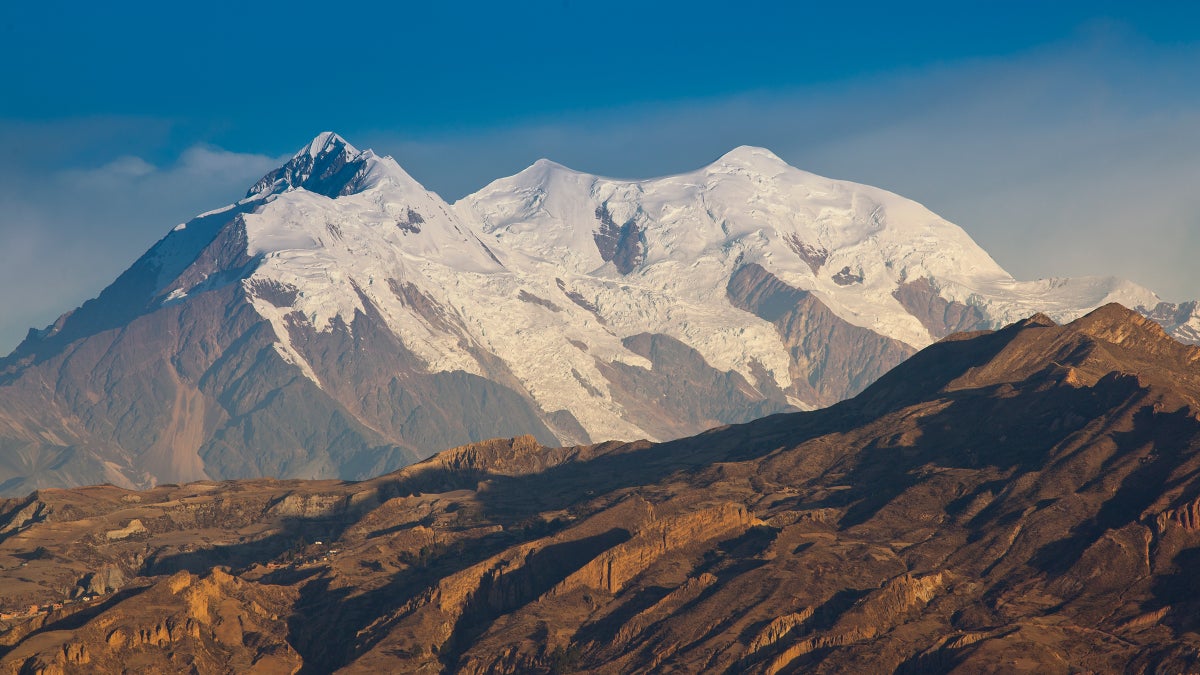Death on a Medium-High Mountain

On December 28, 1958, two college students set out from Aspen, Colorado, on a multi-day backcountry ski trip that would take them across a 12,000-foot pass in deep snow and cold weather. Two days later, one of them noticed that he felt unusually weak, with shortness of breath and a dry cough. The next day he was unable to proceed, and his friend left him in the tent to go seek help. Rescuers reached him on January 1, gave him penicillin for what appeared to be a serious case of pneumonia, and evacuated him to the nearest hospital.
For more than a century, explorers who ventured into the highest mountains had been bedevilled by cases of “high altitude pneumonia,” in which young, vigorous men were struck down, often fatally, within days of arriving at altitude. But as Charles Houston, the famous climber and physician who treated the skier in Aspen, noted in his subsequent case report in the New England Journal of Medicine, the diagnosis didn’t really make sense. The condition came on too suddenly and violently, didn’t seem to respond to antibiotics, and then—in the Aspen case and many others—quickly resolved when the patient descended to lower altitude. Instead, Houston suggested that this was a form of pulmonary edema, or fluid build-up in the lungs, triggered by the ascent to altitude rather than by an infection or any underlying health condition.
That condition is now known as high-altitude pulmonary edema, or HAPE. It’s one of three common forms of altitude illness, the others being acute mountain sickness (which is relatively mild) and high-altitude cerebral edema (which, like HAPE, can kill you). And it’s what felled Daniel Granberg, a 24-year-old Princeton math grad from Montrose, Colorado, who died earlier this month at the 21,122-foot summit of Illimani, a mountain in Bolivia. “We found Daniel lifeless, seated at the summit,” a guide from Bolivian Andean Rescue told the Associated Press. “His lungs did not hold out; he couldn’t get up to continue.”
When climbers die on Everest, as they do pretty much every year, no one is surprised. When you venture into the so-called Death Zone above about 26,000 feet (8,000 meters)—a territory broached only by mountains in the Himalaya and Karakoram ranges—the clock is ticking. If the cold and the ice and the avalanches don’t get you, the thin, oxygen-poor air itself will wreak havoc on the normal physiological functioning of your body.
But Granberg’s death is a little more unexpected. Illimani is only around the height of Everest’s Camp II, and less than 1,000 feet higher than Denali. Tour companies offer four– and five-day treks, promising a high-altitude adventure “without the continuous hardships of extremely low temperatures.” Granberg reportedly “had some shortness of breath the night before and a mild headache… but nothing to indicate his life was in peril.” Do people really drop dead suddenly and unexpectedly at sub-Himalayan elevations?
In a word, yes. The typical threshold at which cases of HAPE start to show up is a mere 8,000 feet above sea level. One analysis of patients at Vail Hospital in Colorado found 47 cases of HAPE between 1975 and 1982—not exactly an epidemic, but certainly a regular occurrence. Vail is at 8,200 feet, though skiers sometimes ascend to above 10,000 feet. The higher you go, the more likely HAPE becomes: at 15,000 feet, the expected prevalence is 0.6 to 6 percent; at 18,000 feet, it’s 2 to 15 percent, with the higher numbers seen in people ascending more rapidly.
So what do you need to know if you’re heading to altitude? I outlined the Wilderness Medical Society’s guidelines for the prevention and treatment of altitude illness in an article a couple of years ago. For HAPE prevention, the key point is ascending gradually: the WMS suggests that above 10,000 feet, you shouldn’t increase your sleeping elevation by more than about 1,500 feet per day. (The rule of thumb I’ve followed is even more conservative, aiming for less than 1,000 feet per day.) HAPE treatment is equally simple: head downhill immediately. Descending by 1,000 to 3,000 feet is usually sufficient. A drug called nifedipine may also help, though the evidence isn’t very strong. Supplemental oxygen can help temporarily, if you have it.
That’s all fine if you realize you’re experiencing HAPE. What Granberg’s death illustrates is that the warning signs aren’t always obvious. Dry coughs are common at high altitude. So is feeling tired and out of breath. Those are the three main symptoms. If the case gets more serious, there will be more obvious clues: racing heart, crackling lungs, coughing up pink, frothy sputum. But even before that, watch for unusual breathlessness at rest, a sudden loss of physical capacity so that you can no longer keep up with your hiking partners, and—if you have a pulse oximeter with you—oxygen saturation well below what you’d expect at a given altitude.
In the end, it’s worth reiterating a point made in the Wilderness Medical Society’s guidelines: even if you do everything right, you still might develop some form of altitude illness. Prevention is important, but so is awareness—and an understanding that, on some level, climbing high mountains is always a game of chance.
For more Sweat Science, join me on Twitter and Facebook, sign up for the email newsletter, and check out my book Endure: Mind, Body, and the Curiously Elastic Limits of Human Performance.
The post Death on a Medium-High Mountain appeared first on Outside Online.
